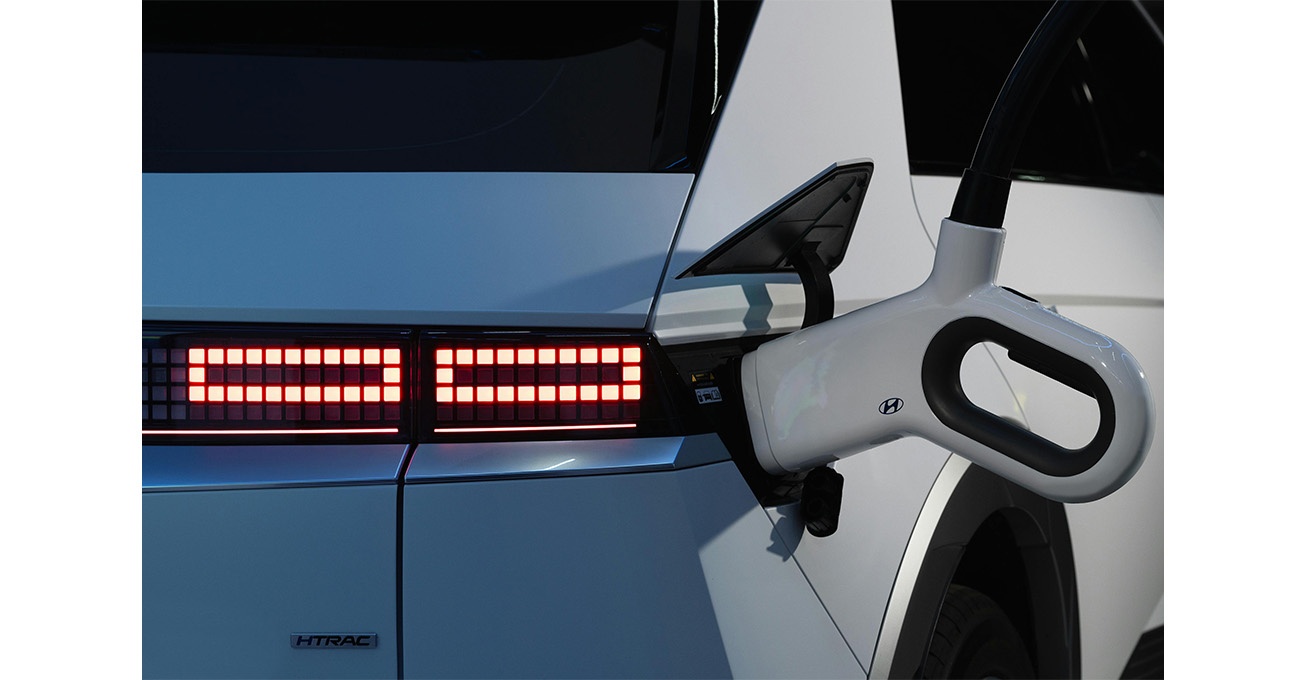
Photo Credit: Nathan Dumlao
The shopping experience today and the shopping experience ten years ago are almost unrecognisable. Retail businesses are always on the lookout for ways to improve the shopping experience and encourage customers in to their stores. With technology progressing rapidly in the sector, Maplewave, a retail performance company, are taking a look at the impact of one of the most successful new features in retail – the self-service checkout.
Most shoppers will have opted for the self-service option at some point or another. Providing the self-service option allows customers to bypass long queues at the tills and gives them more privacy – but they’re also incredibly useful when it comes to saving businesses money.
The main benefits
Studies show that people shop 2-3 times per week on average. Evidently, with the increase on shopping trips, shoppers are putting fewer items in their basket — supporting the need of a quick self-service check-out. One in four people currently use self-service checkouts, but how they are used is influenced by the shopper’s age. Those who fit in the bracket of 18-39 found this method of checkout easy to use (90%) and half of those over the age of 60 made the same comment.
Opting to use the self-service checkout allows customers to take their time with their purchase, scanning items at a pace which they find comfortable. With this, businesses can reduce the number of unnecessary jobs, which will in turn save on costs. Not only that, traditional conveyer-belt set ups take up a lot of store space — by opting for self-service terminals, you could save a lot of space. Although this could be costly at first, it will have positive impacts in the long run and allow your business to adapt easily with any future technological developments.
One of the biggest advantages of the self-service checkout is that they allow retailers to increase focus on point of sales. While you wouldn’t necessarily still have traditional service checkouts in place, your trained point of service team will be able to tend to customers and offer them tailored advice to what they need.
The global impact of self-service checkouts
Many countries around the world have implemented self-service checkouts, with Italy and Australia leading the pack. With more self-service terminals in-store, businesses now have the option to reduce the number of people they employ and encourage shoppers to scan their own items. However, levels of employment are set to increase, as self-service checkout theft is becoming a greater issue. Over a 12-month period, Coles Supermarkets caught over 11,000 shoppers stealing from self-service terminals — leading to more stores training up staff members to help prevent this from continuously occurring.
Studies show that over 60% of retail businesses expect to implement self-service checkouts over the next 12-18 months. Customer experience software has numerous measurable benefits. However, you must also consider:
- How will you deal with potential theft and/or inventory management?
- What is the best approach to integrate this into your store design?
- How can you use self-service to optimize your customer experience?






